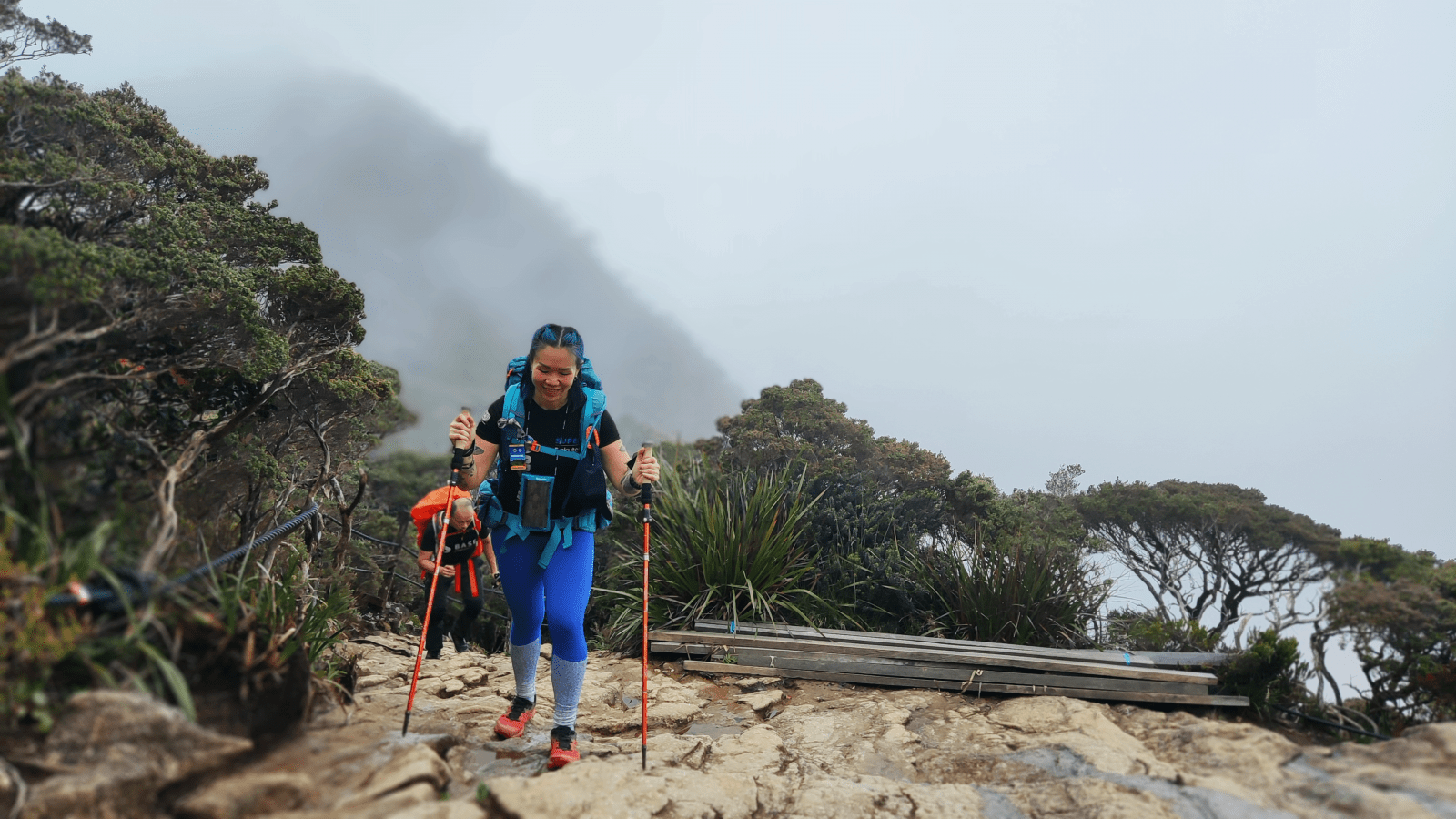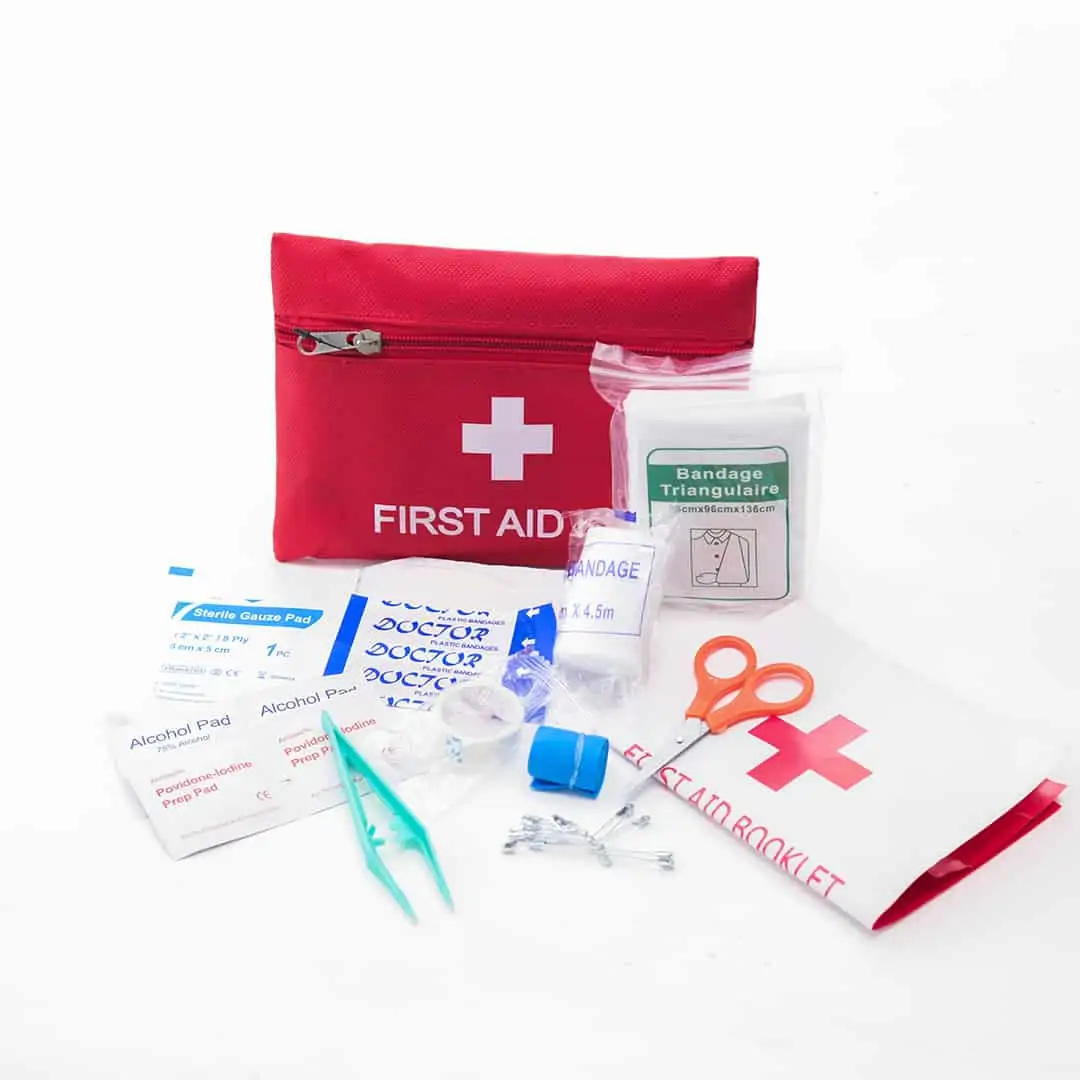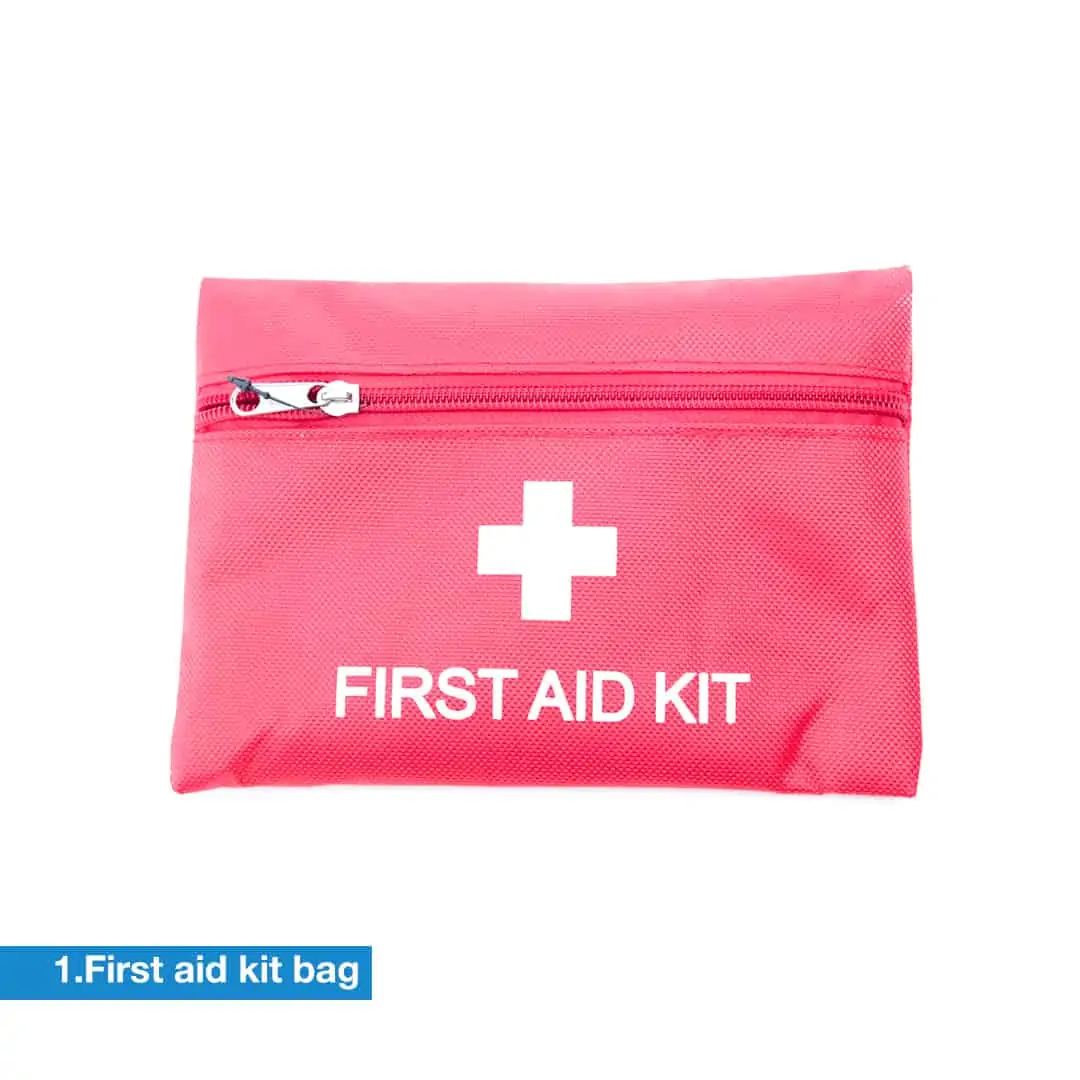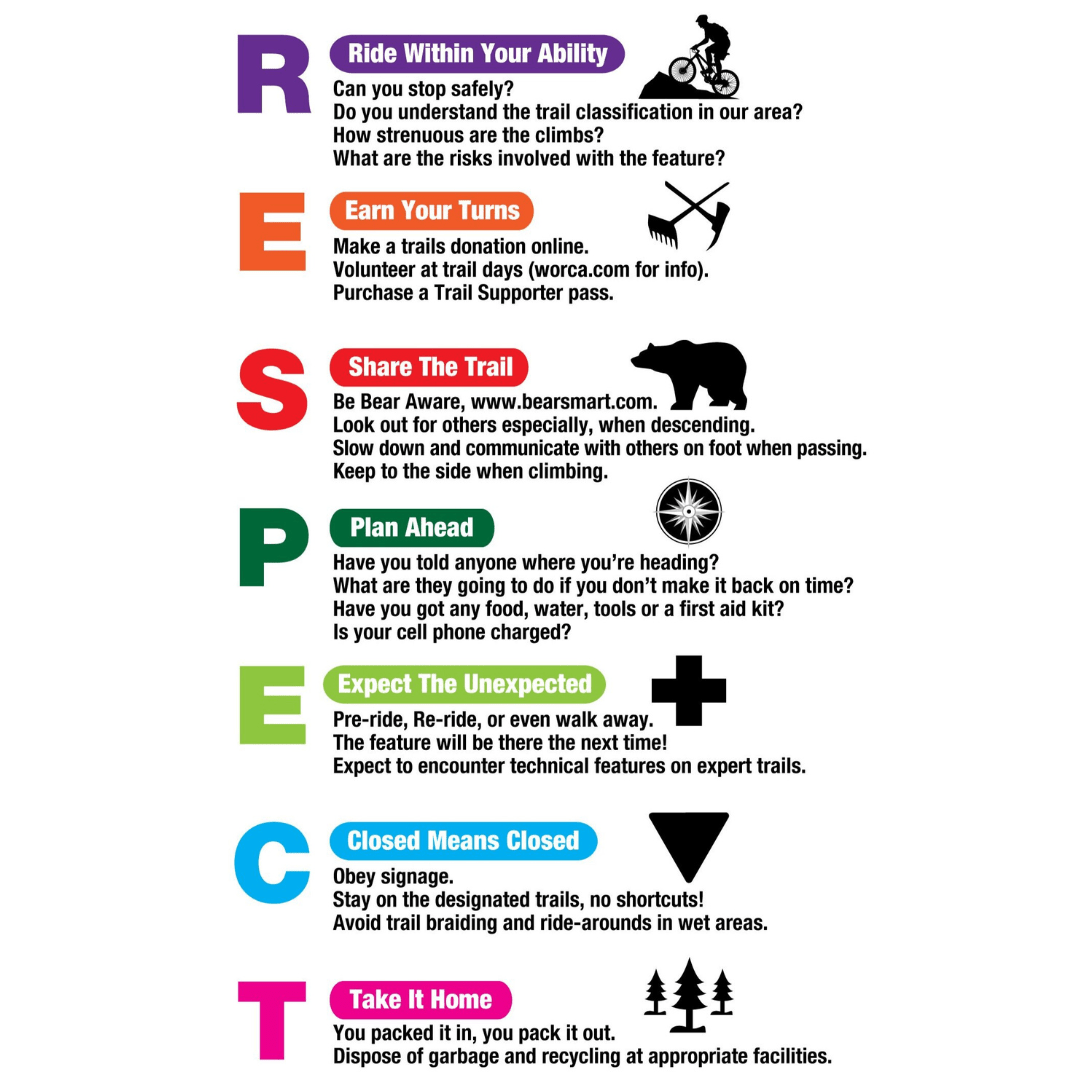Hiking Trail Etiquette: Dos and Don’ts in Malaysia
Introduction
Hiking is a popular activity for Malaysians looking to enjoy nature and stay active. However, many hikers may be unaware of proper trail etiquette to follow when out on the paths. Practicing good hiking manners is crucial for safety, preserving trails, and making the experience enjoyable for everyone.
This article will cover essential Malaysian hiking trail etiquette dos and don’ts to embrace. We’ll explore principles like yield rights, waste disposal, wildlife encounters, noise levels, plus essential gear and preparation. Following these tips will help ensure you hike responsibly.
Adhering to trail etiquette provides benefits such as:
- Safety – Preventing accidents or conflicts with other hikers
- Preservation – Protecting trail integrity and plant/animal life
- Accessibility – Making trails welcoming for hikers of all backgrounds
- Enjoyment – Creating a pleasant environment for all users
So whether you’re a beginner or experienced hiker, reference this guide to trail etiquette in Malaysia before your next walk. Let’s start with key dos to embrace.
Essential Hiking Trail Etiquette Do’s
When enjoying Malaysian trails, keep in mind these crucial etiquette do’s:

1. Stick to Designated Trails
- Staying on marked, established paths helps prevent soil erosion and destruction of delicate vegetation
- Widening trails by creating new paths damages the landscape over time
- If trail is muddy, walk through center to avoid widening it
2. Dispose of Waste Properly
- Practice the “pack in, pack out” principle by carrying out all trash
- Burying waste can contaminate water and soil
- Follow any designated waste disposal rules in park/preserve
3. Yield to Other Hikers When Passing
- Ensure other hikers know you are approaching by calling out a friendly greeting
- Step aside in wider portion of trail to allow safe passage
- Thank the hiker after passing
4. Stay on Durable Surfaces When Going Off-Trail
- Avoid stepping on vegetation and fragile environments
- Durable surfaces include rock, gravel, dry grasses
- Popular shortcuts can still damage landscapes over time
5. Follow All Trail Signage and Warnings
- Adhere to directional signage to avoid getting lost
- Don’t climb over any barriers or safety railings
- Abide by warning signs for high waters, cliff edges, etc.
6. Keep Noise Levels Low
- Loud voices and shouts can disturb wildlife and other hikers
- Music should only be played through headphones
- Consider wind direction when approaching others
7. Keep Dogs Leashed and Under Control
- Dogs can disturb wildlife if running freely
- Other hikers may be uncomfortable around unrestrained pets
- Always bag and dispose of dog waste properly
8. Be Prepared with Essential Gear & Knowledge
- Wear suitable footwear like trail runners or hiking boots
- Carry plenty of water and nutritious trail snacks
- Know basic first aid and directions back to trail head
- Study trail map and features before embarking
9. Familiarize Yourself with Leave No Trace
The Leave No Trace set of wilderness ethics is essential to practicing low-impact hiking. Core principles include:
- Plan ahead and prepare
- Travel and camp on durable surfaces
- Dispose of waste properly
- Leave what you find
- Respect wildlife
- Be considerate of other visitors
Critical Hiking Trail Etiquette Don’ts
In addition to positive actions, there are also crucial negatives to avoid on Malaysian trails:
1. Don’t Leave Trash or Food Scraps Behind
- Pack out all personal litter, even small items like bottle caps
- Food scraps can attract unwanted wildlife attention
- Follow the “pack it in, pack it out” motto
2. Don’t Pick Plants, Flowers or Fruits Along the Trail
- Picking plants deprives others of enjoying them
- It can damage sensitive ecosystems
- Taking seeds/fruits can enable invasive species
3. Don’t Bother or Approach Wildlife
- Observe animals and birds from a safe distance
- Don’t follow or encircle them – alter your route to give space
- Be quiet and don’t make sudden movements
4. Don’t Play Music Without Headphones
- Music from phone speakers takes away from nature experience
- Having one hiker play aloud can lead to others doing the same
- Headphones keep sound contained to you
5. Don’t Go Off-Trail Without Durable Footwear
- Stepping off trail can damage vegetation more with exposed skin/shoes
- Trail runners or hiking boots prevent injury from unseen obstacles
- Consider bringing closed-toe water shoes for stream crossings
6. Don’t Make Loud Noises or Shouts
- Voices carry far and impact other hikers/wildlife
- Avoid yelling or loud talking even in groups
- Be conscious of noise levels in wooded areas
7. Don’t Smoke on the Trail
- Cigarette butts are hazardous litter and fire risks
- Smoke odor detracts from natural setting
- Secondhand smoke impacts air quality for other hikers
Yielding Etiquette When Passing Fellow Hikers
When trails narrow or two groups meet, following proper yielding etiquette ensures safety and good relations:
1. Uphill Hikers Generally Have Right of Way
- Yielding to uphill hikers enables their momentum
- Step aside downhill and let them pass uninterrupted
2. Faster Hiker Asks Slower Hiker Permission to Pass
- Say “Hello, may I pass when you get a chance?”
- Slower hiker can then stop at their comfort
3. Step Aside to Allow Others to Pass Safely
- Move to edge of trail to create space
- Stand still off trail while group goes by
- Keep dogs/children close to avoid disrupting
4. Thank the Other Hiker When They Yield
- A quick “Thank you!” acknowledges their courtesy
- Sets positive tone for other trail interactions
Smart Strategies for Trailhead Etiquette
Practicing proper etiquette starts before even hitting the trails. When arriving at busy trailheads:
1. Park Only in Designated Areas, Not Along Road
- Pulling over on roadside plants or impacted areas
- Causes safety issues around blind corners
- Overflow lots available at many trailheads
2. Leave No Valuables Visible in Car
- Lock away purses, electronics, wallets
- Thieves can target remote parking areas
- Keep vehicle tidy to avoid tempting breaks-ins
3. Arrive Early on Busy Days to Beat Crowds
- Popular parks see full lots on weekends/holidays
- By 9-10am, prime spaces are taken
- Early start also reduces trail congestion
4. Don’t Block Trail Access with Your Vehicle
- Avoid parking in front of gates or trail openings
- Creates annoyance and congestion
- Be aware of all access points when parking
Essential Gear to Hike Responsibly
Carrying proper essential gear makes hiking safer, more enjoyable, and less impactful on trails. Recommended equipment includes:
Proper Footwear
- Trail runners or hiking boots prevent injury
- Durable soles grip loose surfaces
- Waterproof models for muddy/wet trails
Lightweight Backpack
- Easy way to haul gear and shed layers
- Breathable mesh backs keep cool
- Hip straps distribute weight
First Aid Kit and Emergency Items
- Bandages, gauze, antiseptic essentials
- Flashlight, fire starter, whistle
- Trail maps and power bank
Weather Appropriate Clothes
- Avoid cotton; opt for moisture-wicking synthetics
- Pack windbreaker, fleece jacket for variable temps
- Rain poncho useful in monsoon season
Map of Trail Area
- GPS and cellular service may be limited
- Hardcopy maps don’t run out of battery
Food and Water
- 2+ liters of water recommended
- Calorie-dense snacks like nuts or bars
- Electrolyte tablets to replenish salts
Waste Bags
- Portable bags to pack out trash
- Dog waste pickup bags
- Keep trails pristine for all
Having the right gear makes hiking safer while reducing impact on the environment. It enables you to respond if the unexpected occurs and keeps the outdoors open for generations to enjoy.
R-E-S-P-E-C-T
A crucial component of trail etiquette ties back to the simple value of respect – respect for nature, fellow hikers, and embracing diversity.
When enjoying the outdoors, we must be aware of our impact on the environment and wildlife around us. We should aim to leave no trace while protecting flora and fauna.
We must also remember that people from all walks of life enjoy hiking trails, particularly in Malaysia’s melting pot society. Keep an open and positive mindset when interacting with groups different from your own.
Judgment, exclusivity and negative body language on the trails can ruin someone else’s experience. Make room for allowing people to enjoy nature based on their comfort level.
Ultimately, adopting an attitude of respect will make hiking better for all. It enables us to share these special outdoor places while protecting them for the future.
Image credit: Worca
Conclusion
Adopting proper hiking trail etiquette enhances outdoor experiences across Malaysia’s spectacular parks and preserves. Whether it’s sticking to paths, safely yielding, or packing essential gear, informed hikers act thoughtfully at all times.
Keep this guide handy when preparing your next outdoor adventure. By refreshing yourself on good hiking manners, you become an ambassador for responsible use. That allows these natural escapes to remain pristine and welcoming for generations, bringing people closer to nature regardless of skill level or background.
FAQs about Hiking Trail Etiquette
Alert the riders you wish to pass, then step off trail on downhill side. Move slowly without sudden movements until the animals have gone by. Give them extra space and time to react.
Move at least 200 feet from water sources, dig a 6 inch hole to bury waste. Pack out toilet paper in sealed bags. Use leaves to cover up the cathole when finished.
Speakers should be avoided as music takes away from the natural setting. Use headphones if you wish to listen to music while allowing sounds of nature to be undisturbed for all.
Dogs should remain leashed, have recall obedience, and be picked up when approaching horses. Bag all pet waste immediately. Carry extra bags. Also brush up on dog first aid should injuries occur on the trail.
Arrive 45 mins to 1 hour prior to sunrise time. Research the exact sunrise time based on location and account for prep like gear checks, parking, etc. An early start ensures you catch ideal lighting conditions.
Thank you for taking the time to explore our article! If you’re hungry for more camping tips and outdoor adventures, check out our next insightful piece on essential gear for a memorable experience here. Happy reading!







Shop Our Gears
Camp & Hike
TAHAN
COMBO
SLEEP SYSTEM
More tips that you might find useful:
12 Secrets to Getting Cheap Flights in Malaysia
1 Comments
马来西亚露营:户外探险综合指南
Camping in Malaysia: A Comprehensive Guide to Outdoor Adventures
2 Comments
Conquering Mount Kinabalu: A Hiker’s Guide to Malaysia’s Highest Peak
Camp Cooking Gear Guide – Build the Ultimate Camp Kitchen!
Top 5 Most Popular Campsites in Selangor
Ultimate Guide to Tropical Leisure Camping in Malaysia: TAHAN’s Top 5 Gear Picks
The Ultimate Guide to Hammock in Malaysia: Comfort, Adventure, and Relaxation